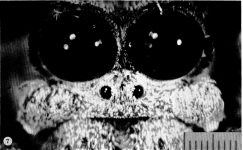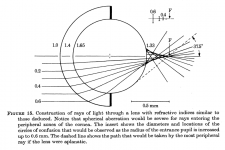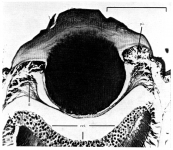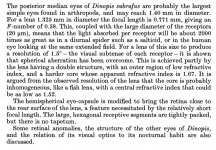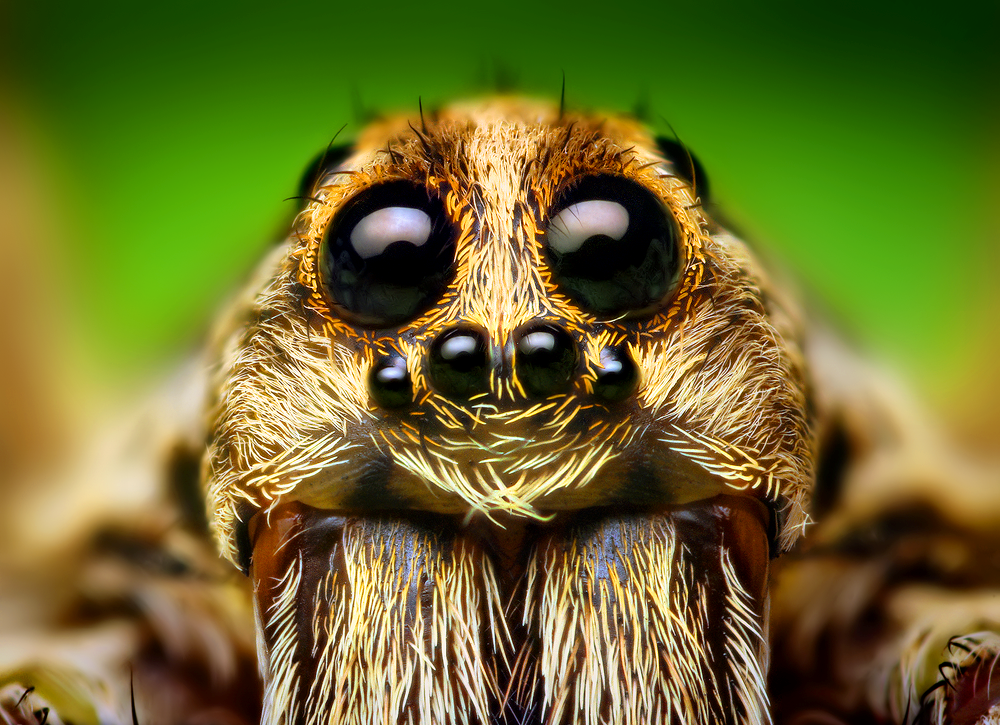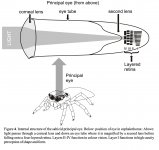kimmik
Well-known member

While not ever going to exist in real life, my brief back-of-the-envelope seems to make it a possible design even if it is difficult to optimise.
Combining 7 lenses in a mosaic, with each having their own prisms and 50degree-ish AFOV eyepiece, modified to be hexagonal and lined up nearly seamlessly, one could imagine an ultrawide view in a handheld binocular.
The easier option would be digital VR display, but that would require batteries (spoils my imagination!).
Another but currently existent option is to take a 100+ degree eyepiece and use a fast camera lens as the objective - has anyone tried this? e.g. 100degree 20mm eyepiece, 200mm f2.8, 10x with exit pupil of 7mm.
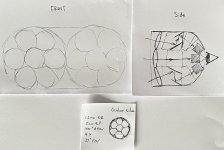
Combining 7 lenses in a mosaic, with each having their own prisms and 50degree-ish AFOV eyepiece, modified to be hexagonal and lined up nearly seamlessly, one could imagine an ultrawide view in a handheld binocular.
The easier option would be digital VR display, but that would require batteries (spoils my imagination!).
Another but currently existent option is to take a 100+ degree eyepiece and use a fast camera lens as the objective - has anyone tried this? e.g. 100degree 20mm eyepiece, 200mm f2.8, 10x with exit pupil of 7mm.





